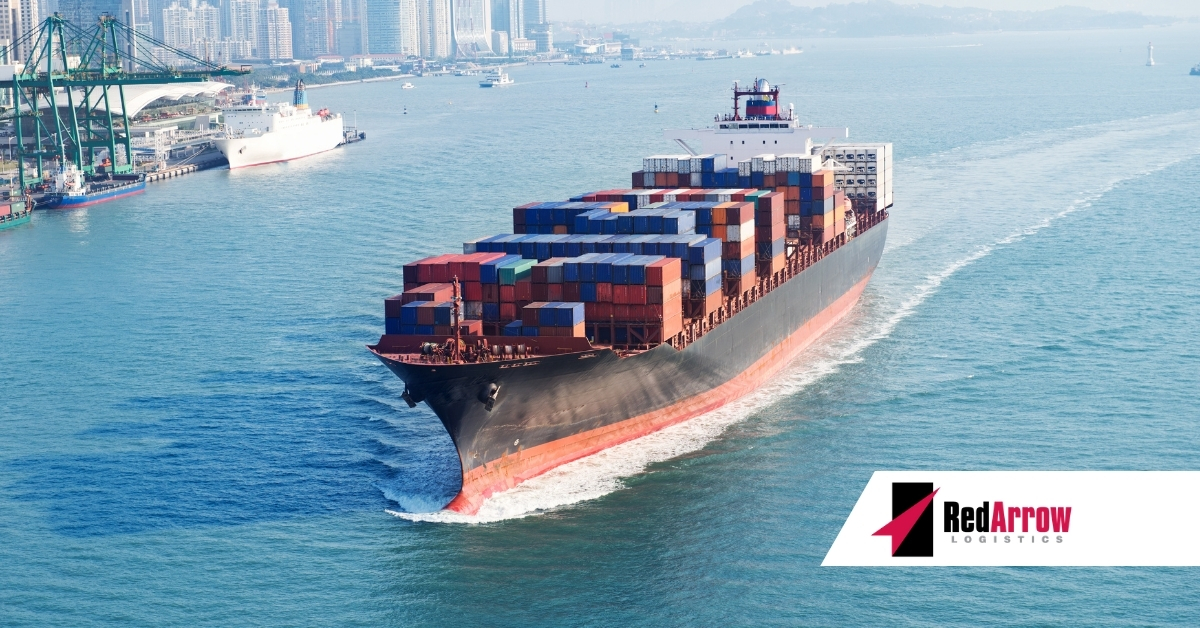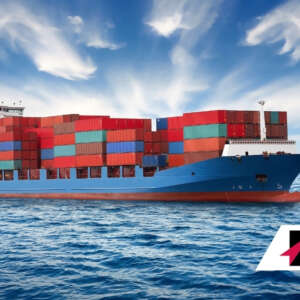Businesses today need to operate in an increasingly complex global supply chain, with buyers and suppliers all over the world. Freight moves through many different locations and hands, thereby increasing the risk in shipping. External factors such as weather and traffic also come into play. The longer the cargo is exposed to risk, the more likely it will be damaged, lost or stolen.
The majority of the time, cargo arrives at its destination with no damage. However, there times when cargo gets lost, misplaced or damaged. According to the World Shipping Council, an average of 1,390 shipping containers are lost at sea each year. That number does not include theft, which the FBI’s Uniform Crime Reporting (UCR) program estimates to be around $30 billion per year for U.S. companies.
Protecting Freight Against Loss
With some level of risk involved in shipping cargo, shippers will want to protect themselves against loss, damage, or theft. The loss of cargo can result in lost sales, customers, and market share. And it can cause damage to your brand image.
In order to minimize the amount of risk from shipping, the following should be employed:
- Purchase cargo insurance
- Use the correct type of packaging for items
- Remove identifying print from the packaging if the commodity is a high risk
- Use visibility and cargo tracking systems
What is Cargo Insurance?
Cargo insurance protects against financial loss due to damaged or lost cargo. Marine cargo insurance is the most common method of protecting the value of goods against damage or theft. Many shippers believe that carrier liability is the same thing as insurance, but cargo insurance must be purchased separately. Carriers do have to provide a minimum level of coverage by law, but it is limited. For example, ocean freight carriers are only liable for US$500 per package or the actual value of the goods, whichever is less. Plus, there are ways to deny claims, including acts of God, strikes, and accidents at sea.
Shippers must purchase insurance policies from providers, brokers, local agents, or freight forwarders in order to be protected if something happens to the freight. The shipper is then protected for the amount the insurance is for. It is recommended to purchase cargo insurance to minimize the risk in shipping.
Types of Cargo Insurance
There are several different types of cargo insurance. Cargo insurance is usually divided into the following categories:
Land: This insurance protects any cargo moved by land, including trucks and small utility vehicles. It covers collision damages, theft, and other risks. It is usually only used for domestic cargo.
Marine: This type of insurance is used for international shipping. It covers damage due to handling, weather conditions, theft, and other risks.
Open: This covers freight for a specific period of time, usually one year, and multiple shipments can be included in one policy. This is cost-advantageous for shippers that ship frequently.
Single: This covers freight on a per shipment basis, which is ideal for infrequent shippers.
All Risk: This insurance covers most causes of damaged and lost cargo, with the exception of acts of God, war, strikes, or customs delays. All risk insurance requires a cargo insurance certificate.
Contingent: Coverage is triggered when truckers’ insurance company fails to pay a claim for a covered peril, trucker’s insurance company goes insolvent, or there is fraudulent representation of coverage on Acord certificate.
General Average: This covers only partial losses of your shipment. All cargo owners contribute to the losses if some of the cargo is lost or damaged.
Benefits of Cargo Insurance
Cargo insurance is necessary for businesses to reduce risk in the supply chain. An all-risk cargo insurance policy does not require the shipper to prove fault on the part of the carrier, and coverage is door-to-door, regardless of how many carriers are used. The small investment provides peace of mind for shipments. It also protects cash flow from unforeseen stoppages and makes for a simplified and effective reporting of losses.
For international shippers, investing in cargo insurance is well worth the protection against risk. The right cargo insurance provider will offer a variety of flexible policies with low or no deductibles. Red Arrow claims are adjusted and paid within 30 days of receipt of document submission. Your domestic ground rate remains an extremely competitive rate of $.05. Whether you ship by land, air, or sea, cargo insurance provides protection from when items leave the warehouse until they reach their final destination, while rates remain competitive. Red Arrow can provide coverage for almost any situation or load.
Your Trusted Partner
At Red Arrow Logistics, we provide expertise and white glove customer service with fast-growing, complex, and high-value supply chains. As the next-generation model of logistics companies, we offer tailored transportation and logistics solutions — from single shipments to complex over-dimensional and international orders.
Red Arrow offers the scale and scope of services including air, ocean, and ground transportation to meet the budget and schedule requirements of the largest and smallest companies alike. If we can be of assistance, please email us at info@redarrowlogistics.com or give us a call at 425-747-7914.





